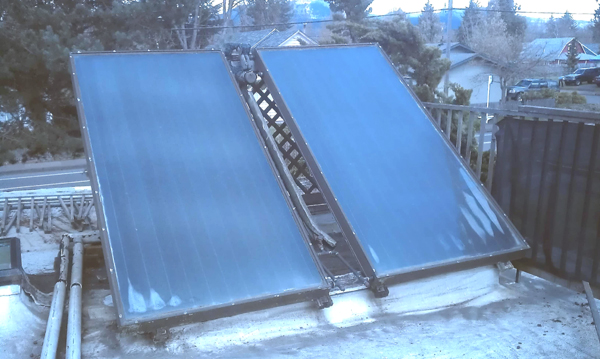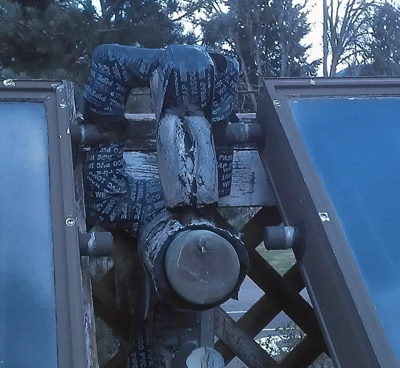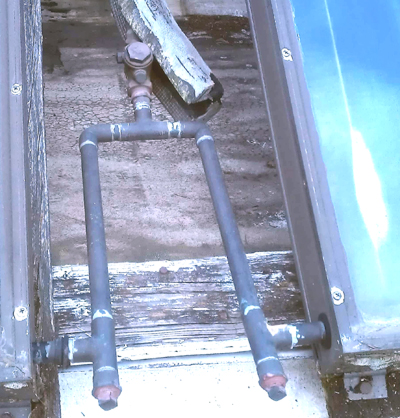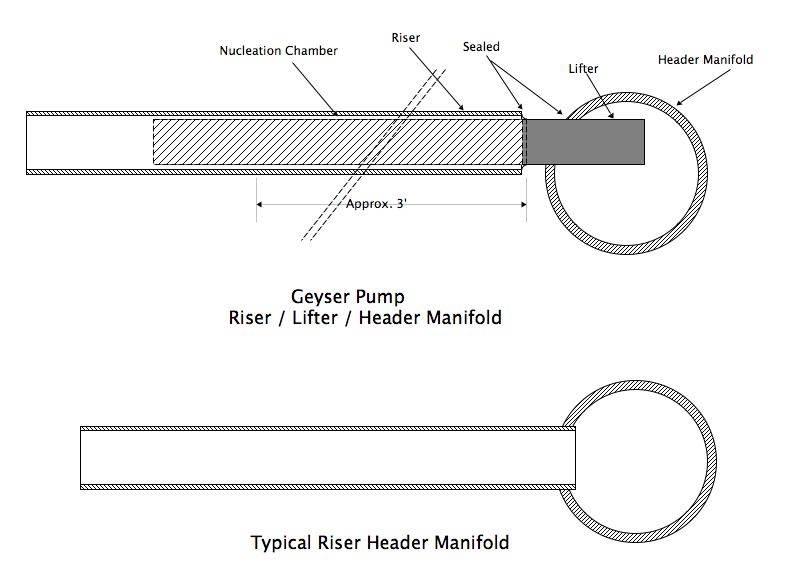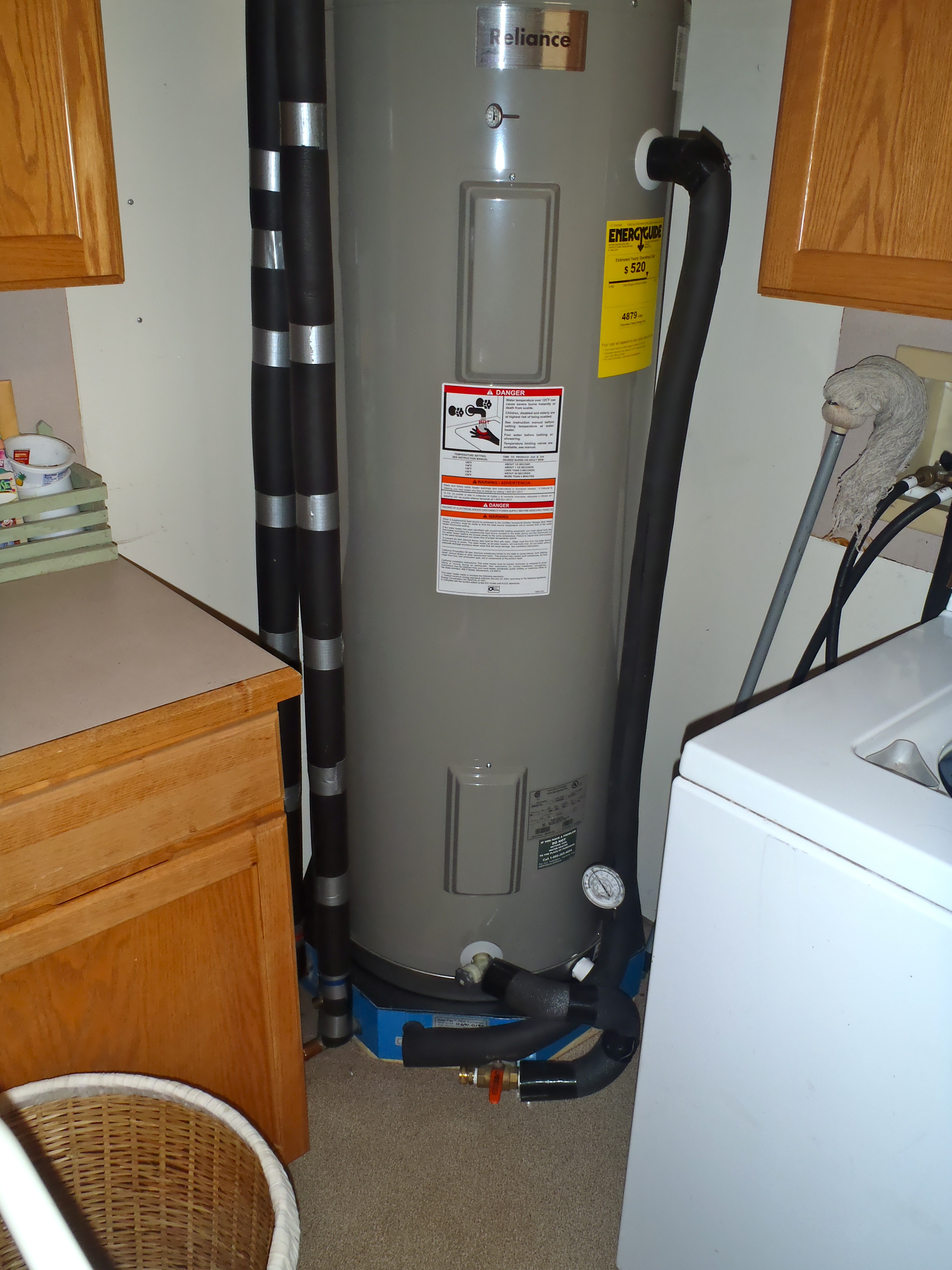The summer has flown by without a lot of new work on this solar project. I have heard from several new Cricket owners who have inherited their Crickets with their new homes. Some are still working fine, others were left to sit idle and overheated. I’m working on an re-charge kit and instructions for folks who want to re-charge their own systems. All of the systems I have visited this summer have been intact and if not working, ready to be re-charged.
I have acquired 2 Crickets that were abandoned: one is a model A and the other a B. I intend to set these up for experiments comparing the new do-it-yourself system.
My plan is to develop a do-it-yourself system the parts of which can be purchased for about $1000. I would like to lead workshops to show groups of people how to build and install their own systems. We would build one entire system at the workshop and then help the owner install it, while teaching everyone how to evacuate and charge the system. This low-cost system would probably not be eligible for tax credits or utility incentives because the sizing and materials would be dependent on local availability and the needs of the owner. For instance, rather than using hi-tech glazing and selective collector surfacing, we would use standard tempered glass from sliding glass doors and best-quality paint for the collectors. The collectors could be any shape that fits the owner’s roof, and could be increased in area to overcome the losses of the less efficient materials.
The most technical process of the building of the collectors is the silver brazing of the copper tubes in the collector. Silver brazing is a very easy-to-learn skill requiring an oxy-acetylene brazing torch. I recently lead a demonstration of silver brazing to about a dozen hands-on guys who had never seen it. Within minutes they were all able to braze odd copper parts together with strong, reliable joints.

